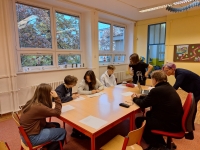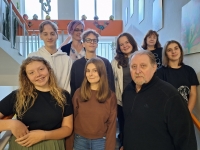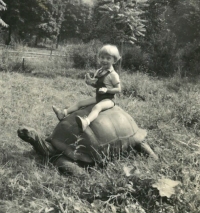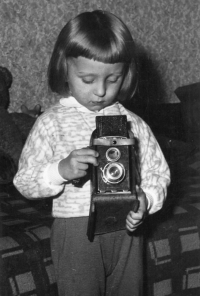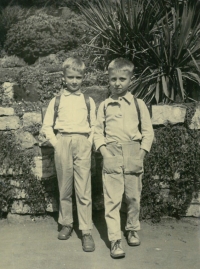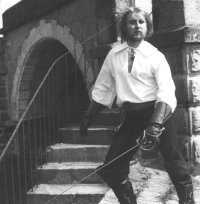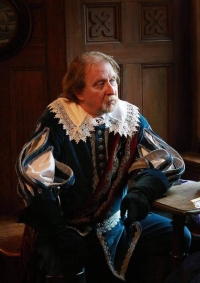Grandfather fought on the barricades, grandmother had to defend the zoo

Stáhnout obrázek
Jaromír Dolanský was born in Prague on 7 March 1956 and lived in the Prague Zoo in the care of his grandparents Zdena and Antonín Martinec until 1977. At age twelve, he witnessed the invasion of the Warsaw Pact troops while at a company cottage in Hejnice. A few days later, a Soviet soldier fired an automatic rifle burst into the wall of their home. He also watched the funeral procession of Jan Palach who self-immolated in Wenceslas Square in protest against the invasion. After finishing elementary school, Jaromír Dolanský applied to a technical high school but was not admitted due to his parents‘ intellectual background and instead had to spend a year as a bricklayer at the Pražský stavební podnik construction company. He was not admitted to secondary school until later when he proved that he did not despise the working class. Having graduated from high school in 1977, he enlisted for military service in Sereď, Slovakia. He then got married, moved to Liberec and joined Pozemní stavby Liberec as a construction technician. Later on, he worked in Uranové doly in Stráž pod Ralskem and in F. X. Šalda Theatre where he co-created fencing choreography. In 1990, he started his own business in the security sector and for organized humanitarian aid in the Czech Republic, Turkey, Georgia and Haiti ten years. Having retired in 2019, he worked as a guide at Frýdlant Castle and as a historical fencer. He lived in Šimonovice at the time of filming (2024). We were able to record the story of the memorial thanks to financial support from the town of Frýdlant.
